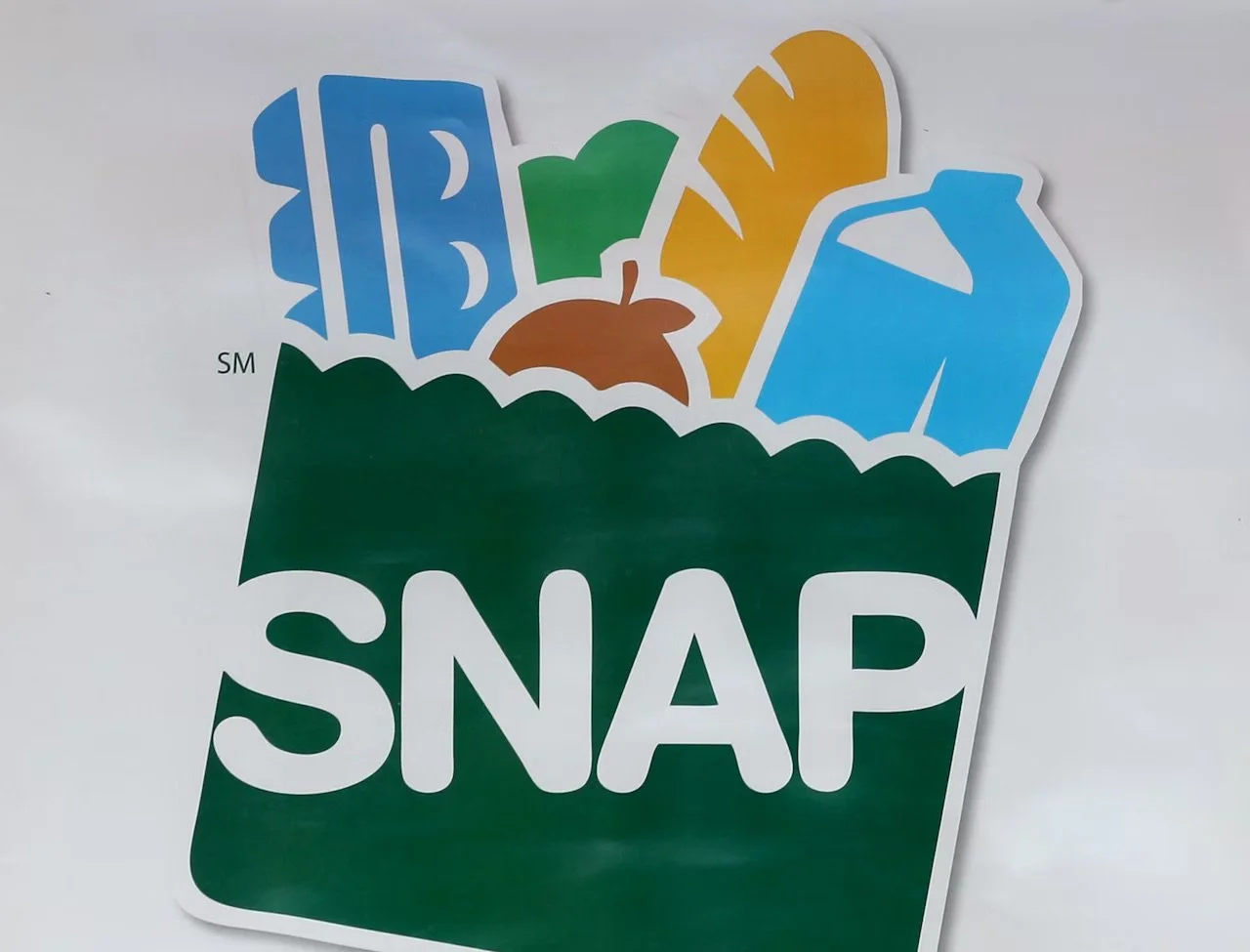Cuts to SNAP are Threatening the Livelihoods of New Yorkers
(Photo/Marvin Fong/The Plain Dealer)
By Megan Vidovich
On October 30, 2025, as the record-breaking U.S. federal government shutdown dragged on, the Trump administration announced it would pause funding to the Supplemental Nutrition Assistance Program (SNAP). The decision left the 1.8 million New York City residents who rely on SNAP wondering how they would put food on the table.
SNAP is a federal program that provides financial assistance to low-income Americans for basic grocery needs, such as dairy products, meat, bread, and vegetables. In 2024, SNAP recipients received an average of $187 per month, or $6.16 per day. SNAP benefits have proven to improve the quality of life for Americans by reducing food insecurity by nearly 20 percent.
Local organizations like the New York Common Pantry, where I have volunteered for the past year, have seen the consequences of SNAP cuts firsthand. The Pantry faced increasing pressure to meet the needs of New Yorkers struggling to afford nutritious meals.
The nearly 42 million Americans who rely on SNAP stopped receiving benefits on November 1, 2025. Communities all over the country were left scrambling, including the nearly 100,000 people in Upper Manhattan, neighboring Columbia University’s Morningside Heights campus, who rely on benefits. These residents turned to local food pantries to fill the gaps left in the wake of SNAP cuts.
The New York Common Pantry (NYCP) in East Harlem distributes hundreds of bags of groceries every day to New Yorkers in need. These groceries range from fresh produce to canned goods, tofu, and even dog food. During the pause on SNAP benefits, the Pantry reported a 118% increase in the number of households enrolled in Pantry services when compared to the same time period in 2024. The Pantry served over four thousand people in the first week of November 2025 alone.
The NYCP uses a unique choice pantry approach, allowing qualifying New York City residents to order personalized, fresh, free groceries. The pantry provides not only access to quality kitchen staples but also an opportunity for community connection.
Volunteering at the Pantry is joyful. As music blasts through the overhead speakers, volunteers pack and distribute each personalized grocery bag. Conversations in English, Spanish, and a little bit of both fly around the room.
The Pantry offers a glimpse into the heart of New Yorkers, energized by community members who come together to help their neighbors. But the eyes of the Pantry witness the scale of the hunger crisis in New York.
Even before SNAP benefits disappeared, the number of households enrolled in the Pantry’s services increased by 20% from 2024 to 2025. On October 29, 2025–the day before SNAP benefits were halted–the Pantry distributed an astounding 585 bags of groceries, “the largest number ever served in one day in [the organization’s] 45-year history.”
As the nutritional needs of New Yorkers grew increasingly apparent, the NYCP was faced with the harsh reality that it is not an infinite resource. The Pantry temporarily forfeited its community-oriented choice pantry design in favor of pre-packaged grocery bags to “serve the increased demand [they] are experiencing due to the government shutdown and stop of SNAP payments.”
According to NYCP’s Volunteer Newsletter, the “double-digit spikes in customer visits are creating growing pressure on staff, volunteers, and supply chains.” The Pantry increased calls for volunteers and monetary donations in response to this demand.
Although the U.S. government shutdown ended on November 15, SNAP recipients are still in the dark about when they will receive their next stipend. The cuts have had lingering effects on the ability of individuals to feed their families. Millions of Americans fear being rendered ineligible for SNAP, as the Trump administration’s “Big Beautiful Bill” outlines rule changes and funding cuts.
As a glimmer of hope, a bill recently signed into law ensures that SNAP benefits for women, infants, and children will be funded until September 2026. However, another government shutdown could occur at the end of January 2026 if Congress fails to agree on required appropriations bills, leaving the future of government aid uncertain.
As politicians in Washington continue to point fingers over who is to blame for the government shutdown, our neighbors carry the heaviest burden. Local organizations are faced with the daunting task of feeding a city. Thousands of residents within a one-mile radius of Columbia University are expected to survive without the stability of SNAP benefits. This reality is more than unsustainable: it’s unlivable.

